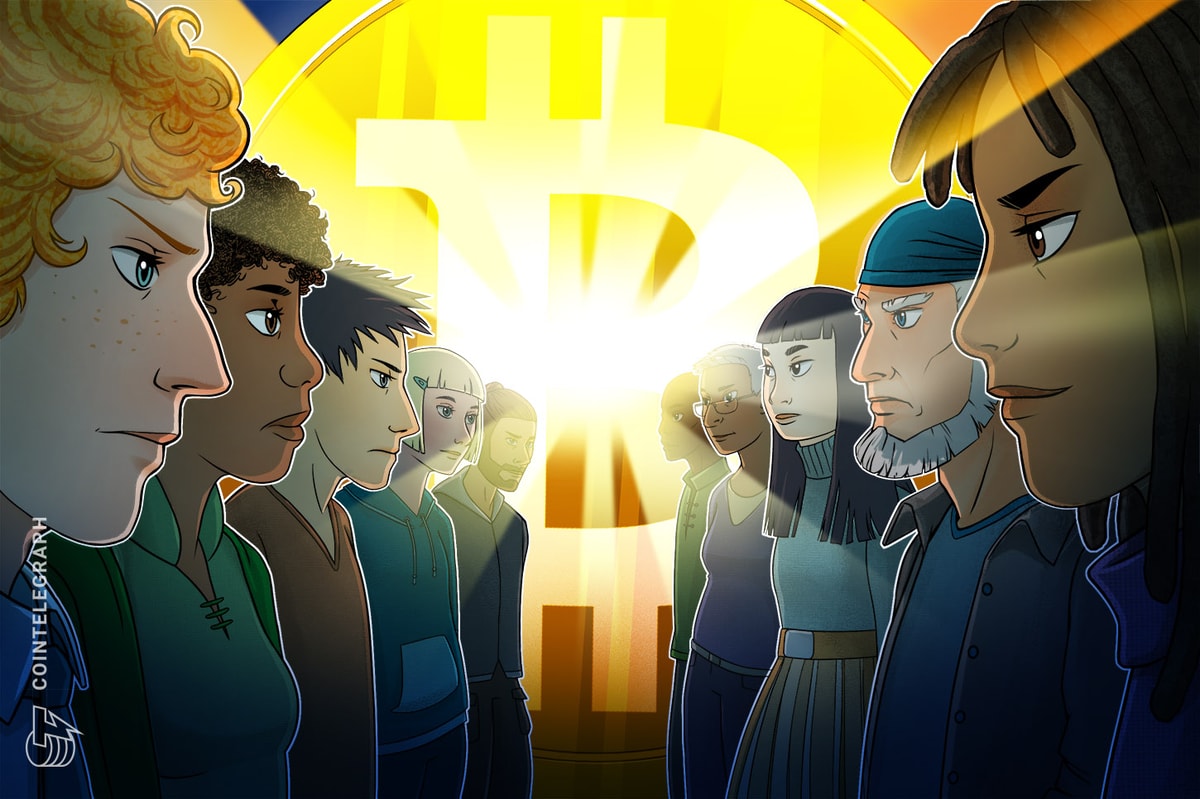
Bitcoin Ordinals, a expertise that allows including textual content, pictures and code on a satoshi — the smallest unit of Bitcoin (BTC) — continues to encourage debate among the many Bitcoin neighborhood.
Quickly after the introduction of Bitcoin Ordinals in January 2023, the expertise’s opponents started to boost considerations over its perceived flaws, citing points like rising transaction prices and slower speeds.
Conversely, Ordinals supporters mentioned that the tech supplies extra alternatives, improves decentralization and ensures freedom of speech.
Because the variety of Bitcoin Ordinals inscriptions doubled from 2.5 million to over 5 million in simply eight days, Cointelegraph appears to be like on the expertise and the controversy surrounding it.
Value, pace and safety vulnerabilities
The simple and undesired impression of Ordinals on Bitcoin’s community capability and scalability is likely one of the greatest arguments by Bitcoin purists, who imagine that BTC is meant to solely comply with Satoshi Nakamoto’s prescribed peer-to-peer payment mission.
The continued rise in BRC-20 exercise — which makes use of Ordinal inscriptions — has triggered a sharp increase in BTC transaction fees. The buying and selling frenzy of BRC-20 memecoins like Pepe (PEPE) has pushed Bitcoin transaction prices to the best ranges since 2021.
As customers proceed pouring BTC into minting new tokens settled by way of Ordinals inscriptions, the blockchain has additionally skilled large congestion. On Might 7, the Binance change temporarily closed BTC withdrawals as a consequence of 400,000 pending transactions clogging the mempool.
Given current occasions, can we simply comply with rename the mempool to memepool? pic.twitter.com/6jHQKvjPW2
— alfaleek (yo / uhh / hmm) (@alfaleek) May 3, 2023
Enrico Rubboli, CEO of Bitcoin layer-2 sidechain Mintlayer, advised Cointelegraph that the expertise behind Ordinals is “closely flawed” and doesn’t comply with the “axioms of the core Bitcoin neighborhood.”
“The builders of the usual and the instruments are usually not affiliated with Bitcoin, they’re nameless, and their software program has not been completely examined on this utility,” Rubboli mentioned. The exec additionally believes that Ordinals may trigger further regulatory scrutiny for Bitcoin, as new BRC-20 tokens could also be thought-about unregulated securities.
Rubboli additional argued that, with Ordinals, the protocol is susceptible to scams. “All the ecosystem was set as much as be complicated and deceptive,” he mentioned, arguing that BRC-20 was created to “leech off the recognition of Ethereum’s ERC-20 token.”
He additional emphasised that the nameless BRC-20 creator Domo warned customers within the first place that the tokens had been “nugatory.” Earlier than launching BRC-20, Domo took to Twitter to emphasize that the token is “merely a enjoyable experiment.”
gm. I am glad that some individuals just like the experiment. Some further notes.
1. These might be nugatory. Please don’t waste cash mass minting.
2. As a consequence of how some inscription instruments are arrange, the ‘stability’ could also be minted to the middleman deal with utilized in https://t.co/mja39YGIow…— domo (@domodata) March 9, 2023
“These might be nugatory. Please don’t waste cash mass minting,” the BRC-20 creator wrote.
Arguments from Bitcoin Ordinals supporters
Bitcoin Ordinal’s functionality to unlock new worth on the Bitcoin blockchain is a big counterargument by supporters of Ordinals. Some Ordinals defenders additionally imagine that points like greater transaction prices will fade with time.
“Ordinals is a useful exploration for Bitcoin utility and helps to unlock larger worth within the Bitcoin community,” F2Pool chief advertising officer Li Qingfei advised Cointelegraph, including:
“The community congestion it brings ought to be momentary, and there might be good options to resolve the issue and cut back transaction prices, and improve transaction speeds, similar to the Lightning Community.”
Li claimed that the rise in transaction charges will encourage extra miners to take part in sustaining the community after Bitcoin’s upcoming halving in 2024. As an energetic proponent of Ordinals, F2Pool launched a particular nonfungible token collection referred to as “10² Islands” to have fun its tenth anniversary.
Roundtable21 co-founder Brandon Dallmann echoed Li’s remarks, stating that BRC-20 is at the moment being stress-tested towards Ethereum’s ERC-20 protocol. “Since it’s not full but, the Bitcoin community is unable to maintain up with the demand and is getting congested,” he advised Cointelegraph.
Dallmann additionally suggested customers to make the most of a number of crypto platforms as a substitute of maintaining all the stake on only one to forestall points brought on by congestion on the Bitcoin community.
Some neighborhood members requested why one ought to hinder Bitcoin’s transformation from “magic web cash” to a extra complicated expertise.
“I see the backlash from many BTC purists, however I don’t suppose that anybody ought to use their platform to try to censor transactions and try and discern between what’s a ‘legitimate’ and ‘invalid’ transaction on any community,” AngelBlock founder Alex Strzesniewski advised Cointelegraph.
Many Ordinals supporters have additionally famous the expertise’s contribution to the liberty of speech. “I do know everybody hates ordinals, however whether or not it’s textual content or pictures, the flexibility to publish uncensorable info on the Bitcoin time chain successfully makes speech uncensorable worldwide endlessly,” Bitcoin observer BitPaine wrote on Twitter.
Perspective issues most
Regardless of the clashing views between Ordinals’ supporters and detractors, it’s essential to notice that a lot of the reasoning for or towards them largely depends upon perspective.
For instance, for layer-2 tech builders, it’s only pure to oppose Bitcoin’s base layer developments like Ordinals. In distinction, miners will probably not oppose one thing that would improve their revenues.
Bitcoin Ordinals are hardly altering something for hodlers, who almost certainly received’t care a lot about transaction charges or the dimensions of the mempool. Nevertheless, they’re inflicting many points for merchants and different market members like crypto exchanges.
Whether or not or not Ordinals are right here to remain, the neighborhood has but to see the expertise’s full potential and its true penalties.

